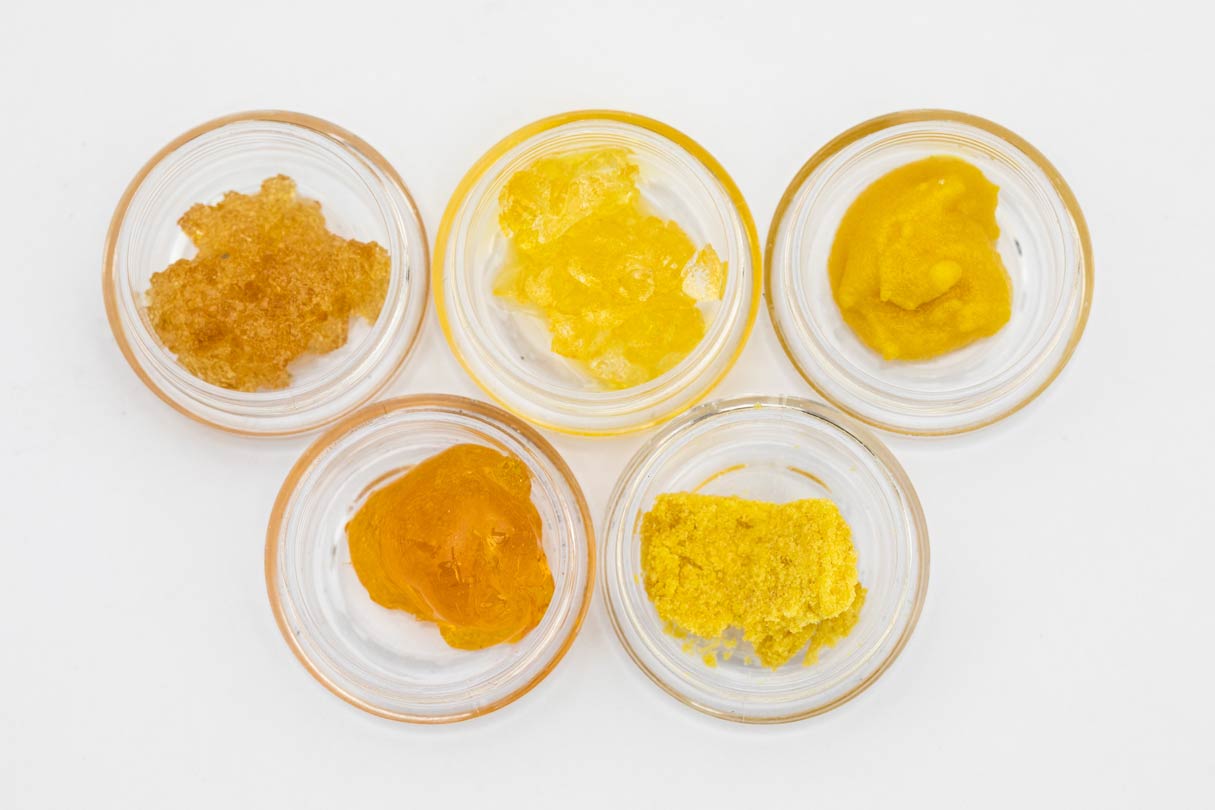 When you’re extracting cannabis and hemp, one of the main steps in the process is called winterization. Winterization of oil is necessary to create a refined, pure end product, no matter what kind of output you’re looking to achieve.
When you’re extracting cannabis and hemp, one of the main steps in the process is called winterization. Winterization of oil is necessary to create a refined, pure end product, no matter what kind of output you’re looking to achieve.
Cannabis and hemp have a lot of compounds within the plant—such as plant waxes, fats, lipids, and chlorophyll—that need to be removed before the distillation step. Not removing these will lower the purity of the targeted cannabinoids you are trying to capture, making them less transparent and lowering the percentage of THC/CBD in the final product. The cannabinoid purity will be lower and the distillate will be less transparent, hurting the value of your product.
Having these compounds present in the distillate for vape cartridges will cause the distillate to burn. In addition, these waxes, lipids, and fats can alter the chemical makeup of the THC or CBD distillate and, over time, cause it to become cloudy.
While you can start the decarboxylation stage and then process into distillate, winterization of oil is normally completed before the decarb process involving another solvent such as ethanol.

But what exactly is the winterization process in cannabis extraction, and what steps and processes are necessary during this phase to achieve a superior end product? We provide the details below.
What is the Winterization Process in Cannabis Extraction?
Winterization is the process of removing compounds—such as fats, lipids, waxes, and chlorophyll—from the crude oil before the distillation process.
Simply put, the winterization of oil involves taking a nonpolar substance (crude oil) and dissolving it in a polar solvent (ethanol) at sub-zero temperatures. This action creates a mixture called miscella, which must be maintained at those sub-zero temperatures so that the compounds you’re trying to remove can coagulate and be filtered out.
If you have ever slow-cooked a roast and placed the leftovers in a container in the fridge for a period of time, you’ve seen winterization in action. When you pull the roast back out, there is often a layer of fats which have risen to the top. Those fats coagulated in the colder temperatures and were separated from the meat itself.

Key Steps in the Winterization of Oil
Most primary extraction methods to obtain crude will require you to perform this step, as butane, propane, and CO2 are nonpolar and will dissolve excessive plant material. Ethanol, which is polar, if kept at extremely cold temperatures, will pick up far less fats, lipids, and waxes in the primary extraction, thus making it not as necessary to do this process. The issue is doing this correctly.
Here are a few of the key steps in the winterization process, as well as some best practices for each.
Maintain Sub-Zero Temperatures
While in theory it sounds easy, maintaining these sub-zero temperatures can be a problem. The target temperature to aim for is -80C. Anything above -20C is not low enough to do an efficient winterization. You may use chillers, walk-in freezers, chest freezers, or dry ice to maintain these critical temperatures.
The other challenge in this process is keeping everything chilled at those temperatures for 24 hours or more so the undesirables will coagulate. If this step is not performed properly, the cannabinoid purity will be lower and the distillate will be less transparent, hurting the value of your product.This makes them easy to filter out with a fine filter and a layer of ciliate or diatomaceous earth (DE).
Filtering
Filtering is normally assisted by a vacuum to help pull the miscella through the filter. The filtration needs to occur quickly as well since it must stay cool to assure the lipids and waxes don’t dissolve back into the solution. Not maintaining the correct sub-zero temperatures will cause the waxes, lipids, and fats to not separate, and the winterization of oil cannot efficiently be completed.

Repeat
Some processors will filter multiple times to eliminate any lipid and waxes in their distillate. While this is easier on a small scale, this type or process can be a bottleneck in large-scale facilities. Buchner filters have been the most common way to filter miscella, but these don’t function for large-scale operations that may need to use high-volume filter media cartridges and lenticular hoses.
Hopefully, you have a better understanding of the winterization process in cannabis extraction and why the winterization of oil is necessary to create a high-quality end product.
Product for Filtration & Winterization of Oil

FP1 Filter Press
For filtering winterized oil, we have a scalable, easy-to-use filter press manufactured with food grade parts.








